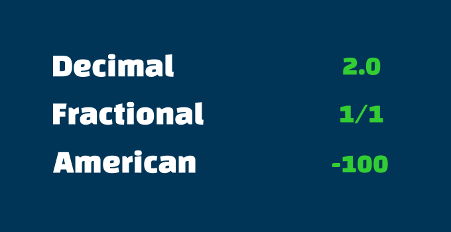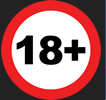 |
RacingBetter News |
| Thursday 16th December 2021 | |
How Do Odds Work in Betting?
With online betting thriving more than it has before with the larger scale launch of many different online platforms, individuals who may never have placed a wager before are starting to explore the many different options available out there – from live sporting events and old favourites like horse racing – but these odds do come in different formats depending on the location where the wager takes place and the operator of the site itself – some like the big options found at pitchinvasion.net can be altered, most will only display one type of format rather than many, so what are the difference between formats and how can new comers make sense of these different displays?

Fractional odds – For those in the UK and other markets based off of the same, fractional odds will be most common to see and for some also the most intuitive. If the fractional odds are for 5/1 or five-to-one, then there would be a $5 win against every $1 wagered, for example a $10 bet at 5/1 would bring a total return of $60 - $10 from the initial stake, and the $50 from the return. It’s very easy to see who the clear favourites are and is a very familiar system to most – but can be confusing to those who are used to the two other big formats in regular use.
Decimal odds – These are more common across Europe and are often present in the digital space too, and another one that is very intuitive and easy to understand for newcomers. They function in the same way as fractional odds, but with a decimal point instead of the fractional slash (/) and the removal of the stake from the equation - a 6.0 decimal odd would provide the same $60 return from the $10 bet.
Moneyline Odds – Used primarily in the US and can be the most difficult to understand for newcomers as something not quite as intuitive as the previous – somewhat confusingly the underdogs are displayed as the positive sign in moneyline odds and the favourites as a negative, and the return is based on this figure. If Player A, the underdog is at +50, then this would be the return on the stake plus the initial wager, and if Player B, the favourite, is at -50, then the opposite is true. A $10 bet on the +50 moneyline wager would bring the $60 return, for the other a higher bet being needed in order to see any return at all.
Depending on the market used to wager, it’ll be more common to see one format or another and very easy to get used to seeing that certain format and seeing others can be unsettling at first, but easy enough to understand over time.







